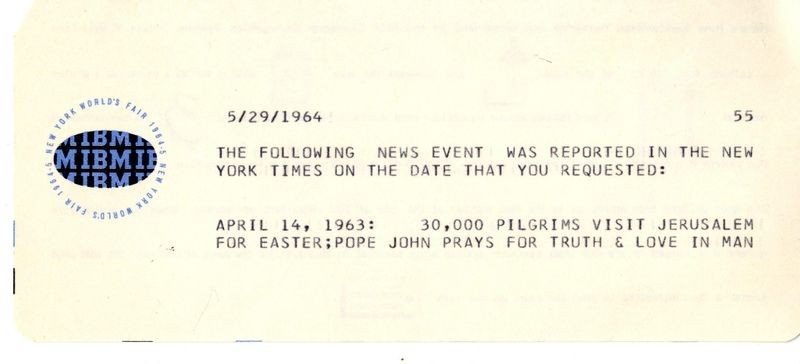
After our amazing 8-hour Computation+Journalism conference #cplusj21, my evening went sort of like this... 







But for the 8 hours prior, I had the great pleasure of partnering with @wihbey and @zivschneider and @journalims and an incredible program committee to pull together a broad, international and intensely interesting program w/ keynotes from @amandacox @dfreelon and @DavMicRot. 

The program mixed updated papers from 2020’s conference - that had to be cancelled - and a large number of contributed papers and sessions. These came from 12 countries,17 US states-as we hoped participation was up since we’re moving bits not bodies. Over 80 presentations in all. 

Our virtual meeting platform was @ohyayco. I am so grateful for their professionalism and raw talent. They are geniuses in the art and craft of gathering. Andrew Lin and Walt Lin and their team are magicians. Pair them with @zivschneider and amazing spaces become real. 

I’m told (waiting on final stats)that nearly 900 people attended some part of the 8 hour event and that it’s peak attendance at any one time was over 400. This video shows some of the private meeting rooms & mingle spaces for participants- vid @Dialalluna
This year of being alone has been awful. No question. But with #cpluj21 as a start, I am hopeful. New collaborations, new work at the intersections, new ways to serve the public good. I woke up to a snowy Provincetown MA, still feeling exhilarated from yesterday. 

Thank you to everyone who made this conference possible! Presenters, emcees and moderators, program committee members, and our gracious sponsors, including the @knightfdn.
See brown.columbia.edu and cj2021.northeastern.edu for more on #cplusj21
Be well.
See brown.columbia.edu and cj2021.northeastern.edu for more on #cplusj21
Be well.
@threadreaderapp unroll
• • •
Missing some Tweet in this thread? You can try to
force a refresh





